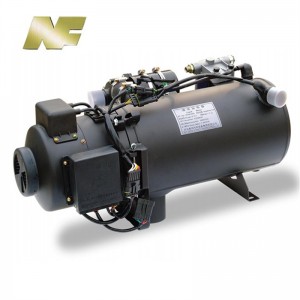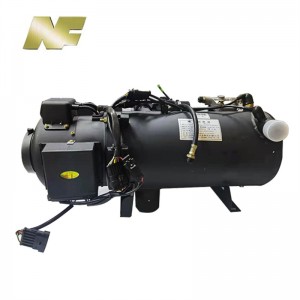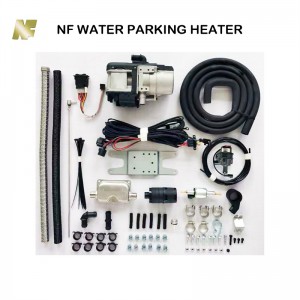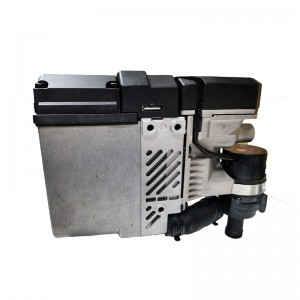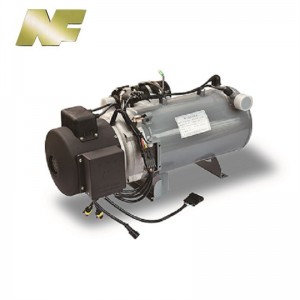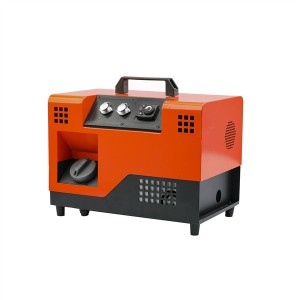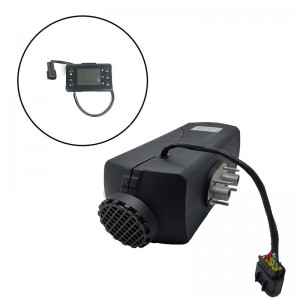30KW Jet Liquid Heater DC24V Diesel Bus Heater
Technical Parameter
| Model | YJP-Q16.3 | YJP-Q20 | YJP-Q25 | YJP-Q30 | YJP-Q35 |
| Heat flux(KW) | 16.3 | 20 | 25 | 30 | 35 |
| Fuel consumption(L/h) | 1.87 | 2.37 | 2.67 | 2.97 | 3.31 |
| Working voltage(V) | DC12/24V | ||||
| Power consumption(W) | 170 | ||||
| Weight(kg) | 22 | 24 | |||
| Dimensions(mm) | 570*360*265 | 610*360*265 | |||
| Usage | Motor operates in low temperature and warming, defrosting of bus | ||||
| Media circling | Water pump force circle | ||||
| price | 570 | 590 | 610 | 620 | 620 |
Description
When it comes to cold winter mornings or extended periods of cold weather, the last thing anyone wants to do is step into an icy car. Fortunately, advances in technology have brought us the perfect solution to this problem: jet liquid heaters. These innovative devices, such as the 30kW parking heater, are revolutionizing the way we heat our vehicles.
What is a jet liquid heater?
Injection liquid heaters are compact, efficient heating systems that heat vehicles even in the harshest weather conditions. It uses liquid fuel such as diesel or gasoline to generate heat. These heaters are often used in parking lots to ensure your vehicle is warm and ready to go.
Jet liquid heater is a digital-control warming equipment independent of motor,its controll part has many functions :open at low temperature,stop at high temperature,alarm and stop when in trouble,show water temperature. It is also set multiple protection measure. As bus warm equipment , it has lots of performance super to congener products:
1 supplying oil is not affected by voltage to make combustion more steady.
2 back-oil makes products ecnomizing energy
3 newly heat exchange device can raise heat efficiency
4 using high-voltage oil fog and hi-voltage electrode igniter,opening and closing do not cause pollution , jet coolant heater can apply to pre-heat water-cool motor in low temperature,it can keep refrigerant between 65℃ and 80℃ automotically. Using it to pre-heat motor in winter will reduce motor damage ,decrease oil-exhausting and prolong life of motor.
Product Showcase
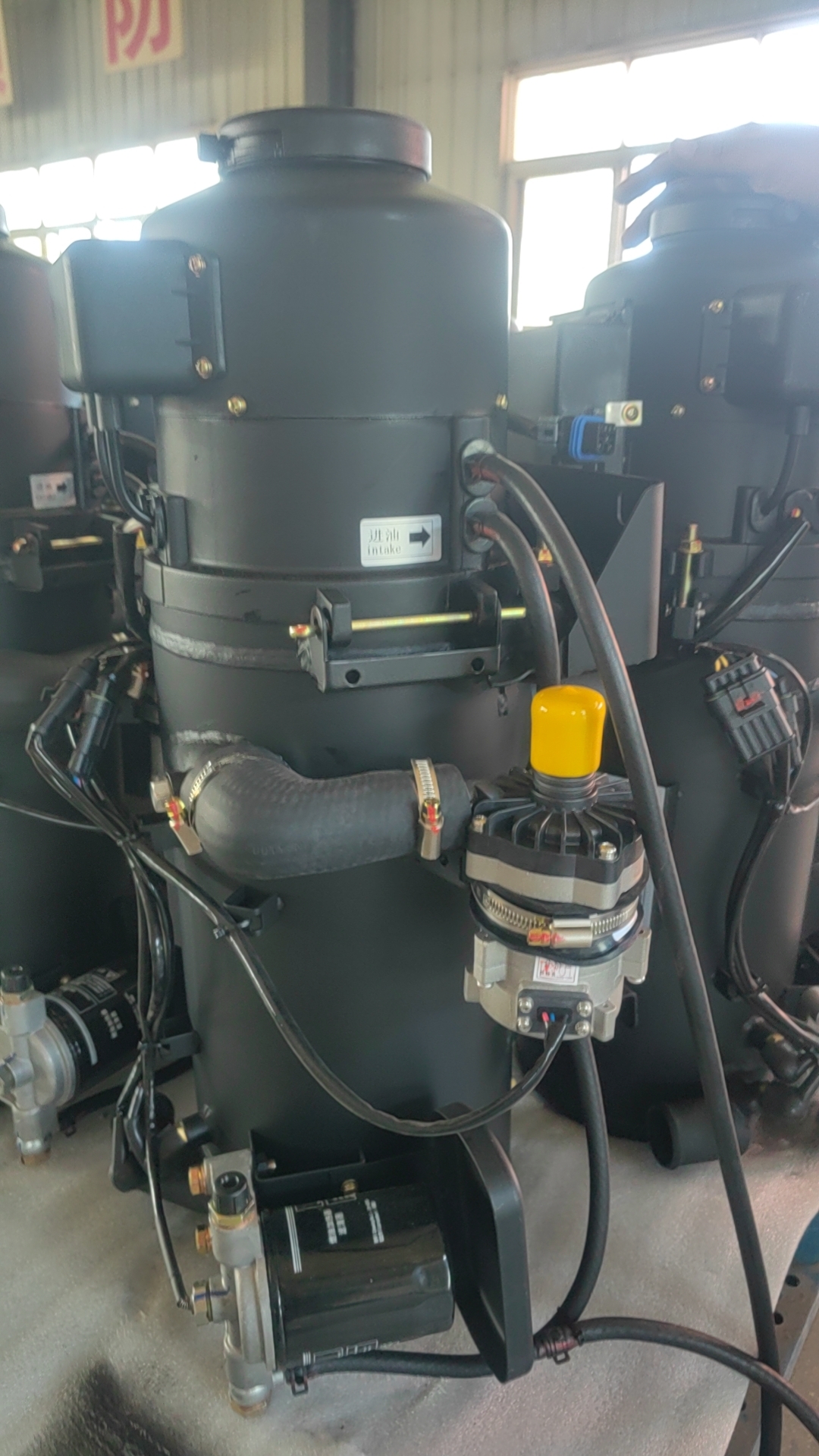
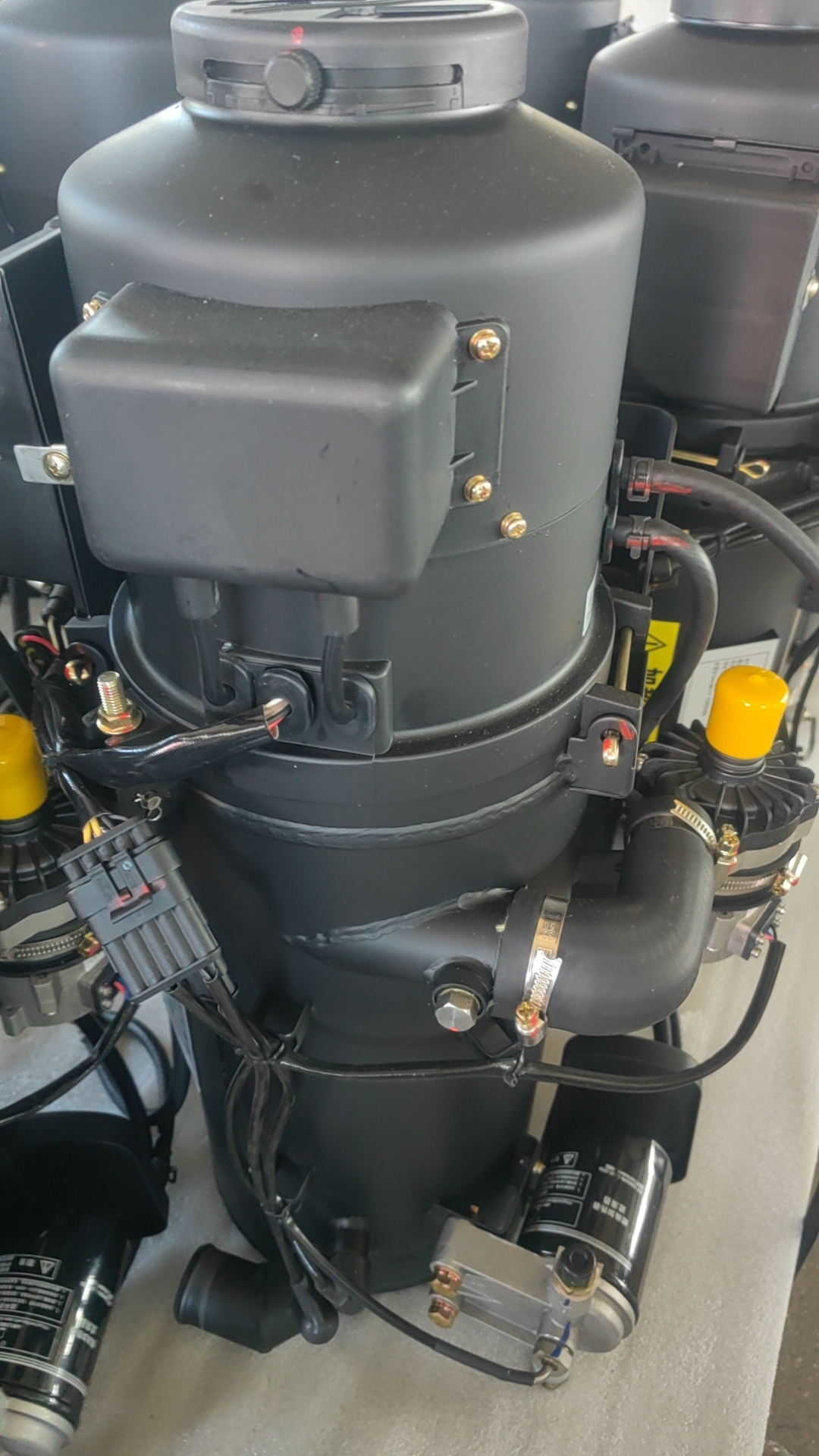
Advantages:
1.Applying fuel spray atomization, the burn efficiency is high and the exhaust fulfills European environmental protection standards.
2.High-voltage arc ignition, ignition current is only 1.5 A, and ignition time is less than 10 seconds Due to the fact that key elements are imported in the original package, reliability is high and service life is long.
3.Welded by the most advanced welding robot, each heat exchanger has a good appearance and high coherence.
4.Applying concise, safe and fully automatic program control; and highly precise water temperature sensor and over-temp protection are used to double safety protection.
5.Suitable for preheating engine at cold start, heating the passenger compartment and defrosting the windshield in various types of passenger buses, trucks, construction vehicles and military vehicles
Application

Our Company


Hebei Nanfeng Automobile Equipment (Group) Co., Ltd is a group company with 5 factories, that specially produce parking heaters, heater parts, air conditioner and electric vehicle parts for more than 30 years. We are the leading auto parts manufacturers in China.
FAQ
1. What is a 24v truck cab heater?
The 24-volt truck cab heater is a heating system specially designed for truck cabs and is powered by 24-volt DC power. It provides warmth and comfort to the driver in cold weather conditions.
2. How does a 24v truck cab heater work?
24v truck cab heaters utilize an electric heating element to generate heat. It draws power from the truck's 24-volt battery and converts it into heat. The warm air is then blown into the truck cab through built-in fans or ducts.
3. Can I use a 24v truck cab heater on any type of truck?
Most 24v truck cab heaters are versatile and can be installed on a variety of truck models and sizes. However, it is recommended to check the heater's specifications and compatibility with your specific truck before purchasing.
4. Does a 24v truck cab heater require professional installation?
It is generally recommended that 24v truck cab heaters be installed by a professional. They have the knowledge and expertise to ensure proper installation and avoid any electrical or structural issues. However, for those with experience, some heaters may come with simple installation instructions for DIY installation.
5. How efficient is a 24v truck cab heater?
The efficiency of 24v truck cab heaters may vary depending on the specific model and its heat output. It is recommended to look for a heater with a high efficiency rating to ensure optimal heating performance while conserving battery power.
6. Can the 24v truck cab heater be used when the truck engine is off?
Yes, the 24v truck cab heater is designed for stand-alone operation and can be used when the truck engine is off. This feature allows drivers to stay warm even during rest stops or overnight breaks without unduly draining the truck's battery.
7. Does a 24v truck cab heater require maintenance?
Regular maintenance is recommended to keep the 24v truck cab heater in optimal working condition. This may include cleaning or replacing filters, checking electrical connections, and making any necessary repairs. Be sure to refer to the manufacturer's guidelines for maintenance requirements.
8. Can a 24v truck cab heater be used in warm climates?
Yes, 24-volt truck cab heaters can also be used in warmer climates. Most heaters come with adjustable temperature controls, allowing the driver to adjust the heat output to suit their comfort.
9. Are 24v truck cab heaters energy efficient?
24v truck cab heaters are generally considered energy efficient because they run directly from the truck battery without the need for an additional fuel source. However, it is necessary to choose a model with a high efficiency rating for optimal energy utilization.
10. Is a 24v truck cab heater safe to use?
24v truck cab heaters are safe to use if installed and used correctly. However, it is crucial to follow the manufacturer's instructions and guidelines to ensure proper ventilation, prevent overheating, and avoid any potential safety hazards.


